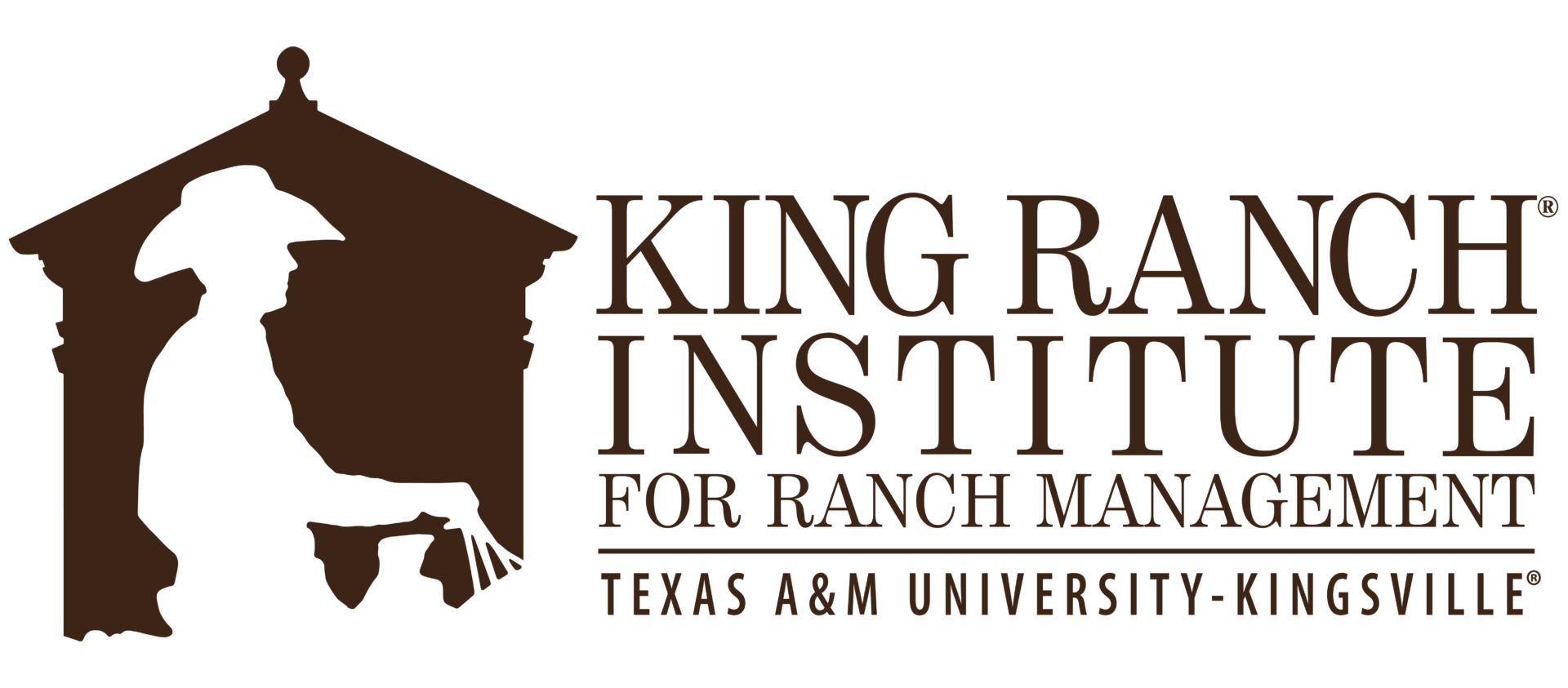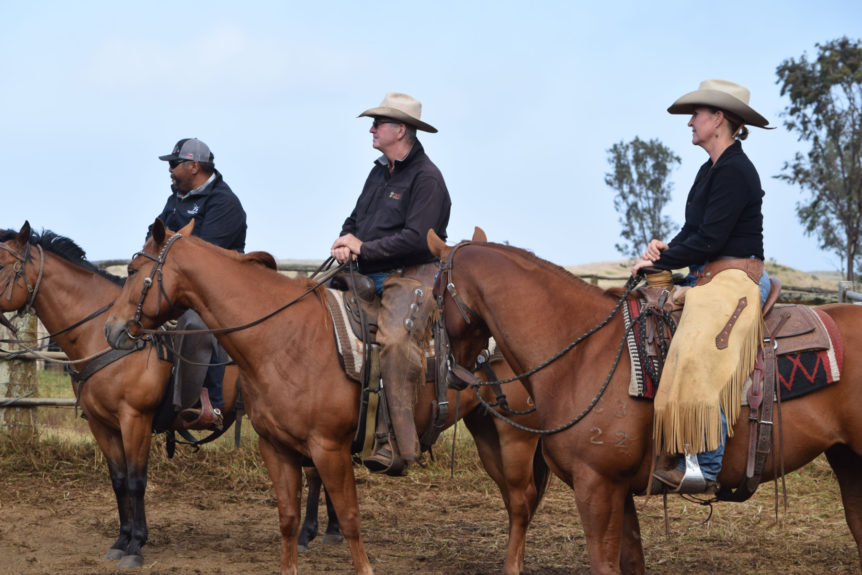This article is part four in a five-part series that appeared in the March issue of Progressive Cattle Magazine and online here. Watch for the final and last installment, “When Time for Termination Comes,” in the April issue.
By: Rick Machen, PhD, King Ranch® Institute for Ranch Management and Neal Wilkins, President and CEO, East Foundation
Managers and employees often dread the annual process of reviewing employee performance.
Why?
Well, a typical performance review is often accomplished without a clear goal in mind, and the process often suffers from a lack of preparation. This leaves both manager and employee skeptical as to the value of the process. This can be a vicious cycle – but how can we make it a worthwhile effort?
First, the goal: In most cases, the real goal of assessing individual performance is to contribute to the overall performance of the organization. This can best be accomplished with clear two-way communication focused on finding the best route for executing management priorities. If we can agree that the final goal of a performance assessment is to actually spur better organizational performance, then a reasonable first step is for the employee and manager to agree on a list of specific priorities. It is often most effective if these priorities are initially proposed by the employee and then revised through agreement with the manager. This ensures that both parties understand the priorities.
Consistency is important. One-on-one scheduled meetings between employee and supervisor support an ongoing personnel-development process. Frankness, honesty and transparency are key elements for effective two-way conversations. These conversations typically include a review of previous-quarter accomplishments and a bulleted list of plans for the coming quarter. Employees share successes and concerns, while management listens and learns about the employees and their work environment.
Successes are easily recognized and celebrated. Appreciation of small failures that resulted from innovative thinking is often more difficult. If employees and management are effectively communicating during the year, an end-of-year summary (if required by ownership) should not result in any surprises.
Depending on the experience level of the employee, the execution of these priorities is then reviewed on a monthly or quarterly basis. These more-frequent-than-annual reviews do not carry the weight and finality of an annual assessment. Frequent visits make it easier for both managers and employees to gauge performance on job priorities, constructively visit successes and failures, and then make adjustments in priorities for the next month (or quarter). Preparation for the review simply requires the manager to surface any new priorities and the employee to review their progress in accomplishing existing priorities.
No two employees are the same. Self-sufficient, long-term employees may require less oversight and thus less review. Younger, or less experienced employees, usually expect and deserve more frequent feedback, which generally increases their confidence and ability to perform.
Assessment pointers. Those new to management and supervision may need help with how to prepare for, and lead, quarterly discussions. Provide a mentor or training upon promotion to management. Do not wait until a month or week before progress assessments are scheduled. Worst case is assuming new management will “figure it out.”
During assessments, be careful to cast most feedback toward an obvious plan for improvement – negative feedback without expressing a careful plan for improvement is often counter-productive, especially for high-performing employees. Smart managers are in the business of building people and cannot afford to retrace progress.
While decisions for promotion or an increase in pay should clearly be linked to performance, it often sends the wrong message to pair those discussions with a performance assessment. Personnel assessments and compensation decisions should be separate. Be conscious of unhealthy competition among employees. Great managers develop people and cultivate teamwork and cooperation for the benefit of the whole, not competition for the benefit of “I.”
Exceptional performance must be recognized and rewarded; failure to do so promotes mediocrity. High-performing employees who enjoy their work eventually find ways to abandon those managers who tolerate mediocrity. Recognition of superior performance should be tangible, but does not necessarily mandate a permanent wage increase. Alternatives to a salary increase include a performance-based bonus, (enforced) paid time off, professional improvement and recreation combination trips, etc. Sub-standard performance must be recognized and corrected. “A small pebble of poor performance helps to start, or sustain, an avalanche” (Neal Maxwell).
If you have several employees who frequently work as a team, then it is a good idea to develop a habit of periodically sharing everyone’s management priorities as a group. This gives each employee an opportunity to compare priorities among team members, allowing them to adjust to their teammates’ priorities – this makes for a more effective team. This also reinforces the fact that each individual’s work is integral to the team’s performance. For many, accountability to a team of peers can be even more motivating than being held accountable by their supervisor. Setting high expectations for your team’s performance can naturally boost individual performance, and it is satisfying to see your team members then hold each other to high performance standards.
Employee performance assessment is an active, on-going management responsibility, not a once-a-year, one-hour office conference. Great managers set their employees up for success and then celebrate successes. Managers should intentionally be present at strategic times (i.e., pasture rotations, branding, weaning, preg check, shipping) to witness employee success rather than having to ask or waiting to be told. High-performers may also be humble and hesitant to self-promote, but rest assured, they too appreciate recognition.
Productive people are the key to success for any business. The purpose for assessing their performance is to improve the performance of both the organization and develop the individual. The irony of a healthy and honest review process is that the supervisor often ends up learning as much about improving their own performance as does the employee.
In the realm of managing ranch employees, sustainability rests atop a three-legged stool supported by recruiting, retaining and recognizing talented employees.

